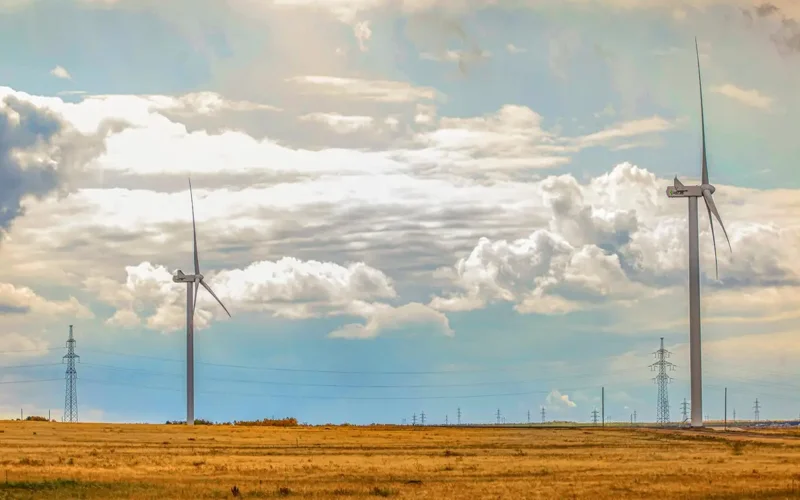Electrotech age marks new industrial era - Ember research

What “electrotech” means
Ember defines electrotech as the bundle of fast-improving electricity technologies that generate, connect and use electrons, such as solar and wind, batteries and software, EVs and heat pumps, now diffusing on classic S-curves across major economies.
The slidedeck positions this moment as a new technological wave following earlier industrial eras: the “Electrotech Age” built on chips, power electronics, and renewable generation.
Physics: three times the efficiency
At the systems level, two-thirds of primary energy in today’s fossil setup is wasted as heat, an annual loss Ember puts at about $4.6 trillion. By contrast, electrotech converts energy to useful work far more efficiently across power, transport and heating. The authors estimate a 3 times efficiency advantage for electrotech in sectors that make up around two-thirds of fossil demand.
A simple illustration: the entire global car fleet could run on roughly 13 exajoules (EJ) of electricity, less than 15% of today’s total electricity demand, if it were all electric.
Economics: learning curves and the price flip
Electrotech rides technology learning curves of roughly 20% cost decline with each doubling of deployment, the deck notes. That dynamic has pushed EV sticker prices in China as low as the four digits and delivered solar-plus-storage power contracts near $40/MWh in India. In parallel, capital is following the economics: about two-thirds of energy spending is now flowing into electrotech.
After decades of cost innovation, electrotech is already “cheap enough to challenge incumbents,” with wind, solar and batteries undercutting fossil ranges on levelized costs. Manufacturing capacity for solar modules and batteries is in place and outpacing even net-zero demand trajectories.
The investment picture has flipped too: electrotech investment is now roughly twice fossil investment, and the world is spending more on solar capex than on oil upstream.
Peak fossils: from power to total demand
On supply, solar and wind have taken 64% of global electricity-demand growth since 2018, steadily squeezing room for fossil generation; “in half of the world,” fossil power has already peaked. Initial indications suggest China’s fossil power peaked in the first half of 2025, the deck says.
In final energy, peaks are “cascading”: fossil demand has been flat in industry since 2014, in buildings since 2018 and in road transport since 2019. Two-thirds of the world has already seen peak fossil demand for final energy, the authors add. Because China accounted for 95% of net fossil demand growth since 2018, a Chinese peak implies a global peak.
Geopolitics: energy security becomes a tech race
Electrotech is also framed as a security play. Three-quarters of the world are net fossil importers, and a quarter of the global population spends over 5% of GDP on fossil imports, leaving countries exposed to price shocks. Yet 92% of the world’s population lives in places with renewable potential at least 10 times current demand, the deck notes, meaning most nations can scale domestic electrons.
Deploying solar, wind, EVs and heat pumps could cut global fossil-fuel imports by ~70%, while fixed-cost electrotech reduces exposure to fuel volatility.
China presently “leads the race,” rapidly exporting technologies and helping emerging regions leapfrog. ASEAN, for example, overtook the U.S. in electrification in 2023, according to the deck.
The “liquefied natural gas vs. solar” battle
A headline risk for incumbents is the brewing contest between LNG build-outs and surging solar capacity, both facing overcapacity. Ember argues solar will win on speed, modularity, local value and cost.
Earlier, Kazinform News Agency reported that Kyzylorda and Karaganda see launch of solar and wind power plants this year.
